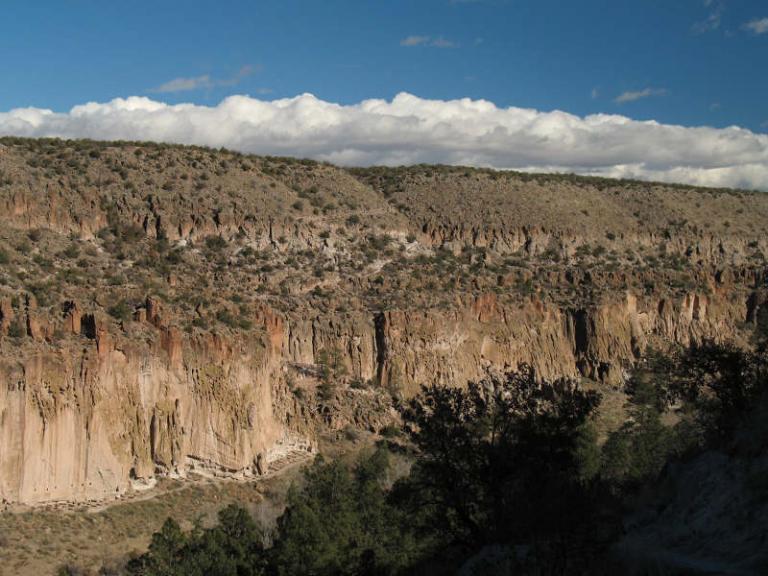
(Wikimedia Commons public domain image)
The other day, I posted a blog entry about my own very occasional and very amateur (and very armchair or, perhaps better, very car-seat) interest in geology:
Plainly, one of the readers of this blog — although, like me, he isn’t a trained or professional geologist — is a much more serious amateur geologist than I am. Here is a blog that he maintains:
Wanderlusting the Jemez: Geological adventures in the Jemez Mountains and surrounding areas
And here is some of his more sustained writing on the subject:
Supervolcano: A Geologic History of the Jemez
Incidentally, in response to my 20 March 2019 blog post “Thoughts on a few controversial topics related to science,” in which (among other things) I recounted my one experience, of decades ago, with what seems to have been a case of water witching or dowsing, he mentioned his own. Since I’ve been ridiculed, elsewhere on the web, for telling that story — it appears that having had that experience and being willing to admit it demonstrates me to be both absolutely clueless about science and irrationally superstitious — I presume that the same ridicule would, consistently, be directed at him, as well. Which, since I know what his background is and how he makes his living, I find screamingly funny (in an ironic sort of way).
***
Thanks to Kevin Taylor for bringing this item from Scientific American to my attention. I fully anticipate that the reactions to it will be uniformly serene, dispassionate, and charitable:
For some additional background information on the scientist in question, you might enjoy the following:
“Award-Winning Physicist: ‘Science Does Not Kill God'”
***
But enough of such unpleasantness! Here’s an article on another subject — a subject that is much less likely to jar the tender sensibilities of some of my readers than the thought of theism does:
“Jack the Ripper identified by DNA evidence, forensic scientists claim”
I worry, in this instance, about the chain of custody of the tested item, and about the likelihood of contamination and sample degradation. But this finding is unquestionably interesting. If it’s right, a mystery that has remained a topic of speculation and debate, not to mention horrified fascination, since 1888 — that’s fully 131 years — has finally been solved.











